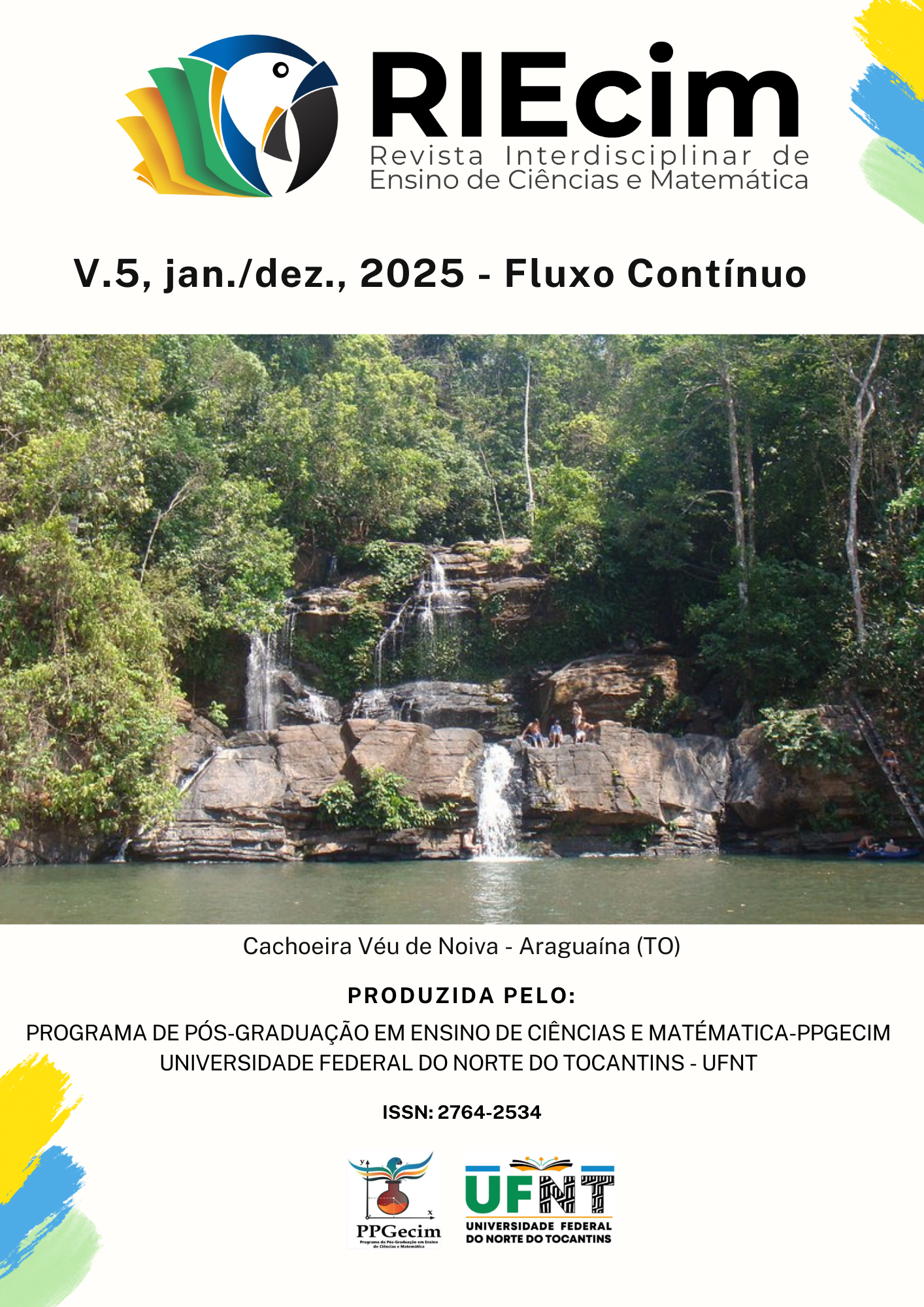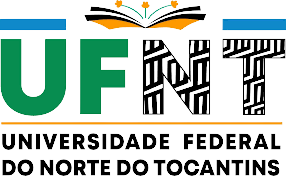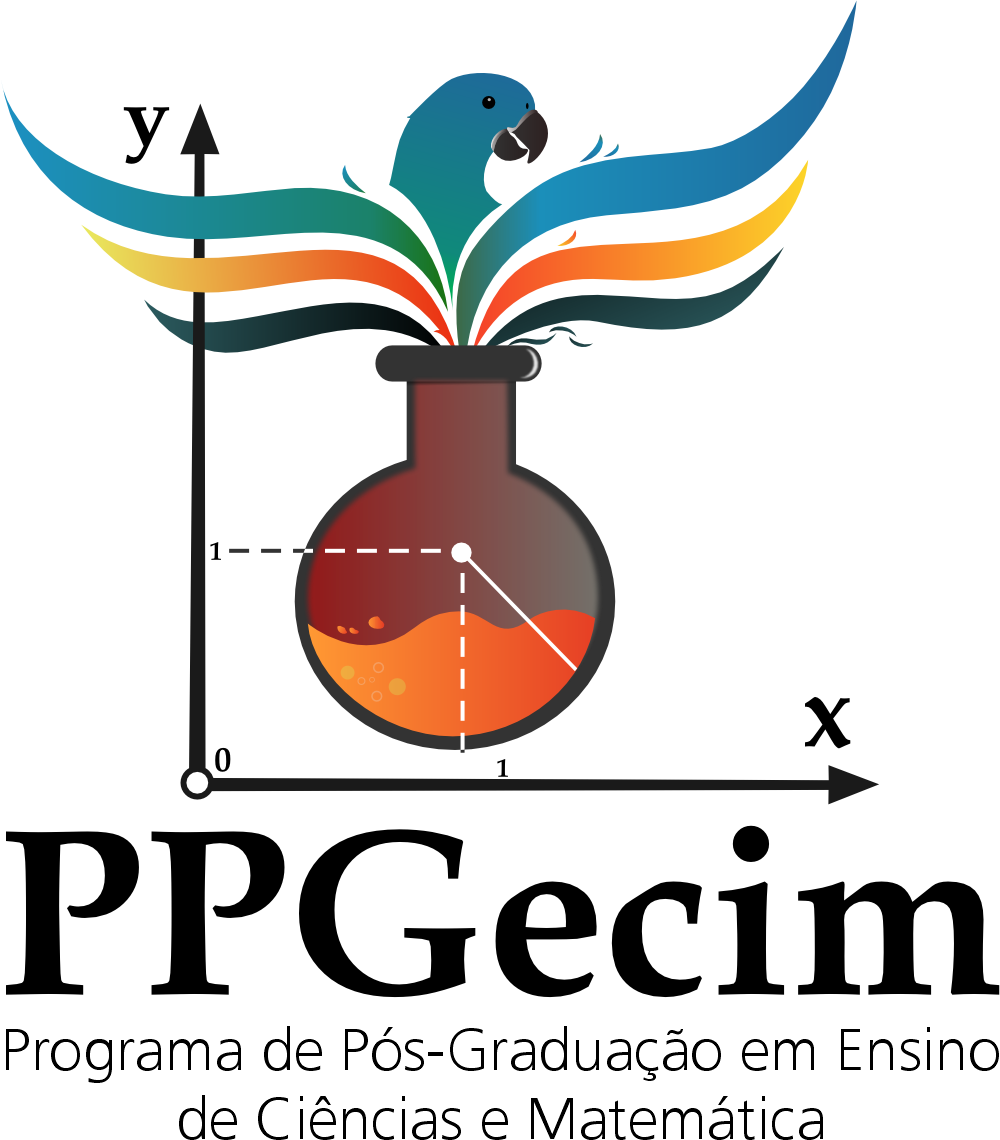SYMMETRY TRAINING PRACTICE FOR ELEMENTARY EDUCATION MATHEMATICS TEACHERS
DOI:
https://doi.org/10.70860/RIEcim.2764-2534.2025.v5.19991Keywords:
Symmetry Groups, GeoGebra, Training, Rural, Teaching SessionAbstract
This article discusses the teaching of Symmetry, highlighting its relevance in the teacher training of mathematics teachers working in rural schools using GeoGebra software. It aims to analyze a Rural Teaching Session exploring the algebraic properties inherent to rotations and reflections in Symmetry Groups of Equilateral Triangles, using GeoGebra software as a support tool. This qualitative case study focused on an innovative practice implemented in Rural Teacher Training with four mathematics teachers working in the final years of elementary school, based on the Fedathi Sequence teaching methodology. We drew on the Fedathi Sequence teaching methodology, Objectification Theory, Geometry Teaching, and GeoGebra. The results show that the Rural Teaching Session, including studies of the Fedathi Sequence, Objectification Theory, Geometry Teaching, and GeoGebra, enhanced dynamic and contextualized mathematics teaching. Concluding with the importance of continuing education for rural teachers and innovative technological work with the resource, we sought to highlight the GeoGebra software with the Symmetry Groups of the Right Triangle.
References
ALMEIDA, A. C. de. A difusão do associativismo rural no município de Quixeramobim: A experiência do Projeto São José. Revista Brasileira de Educação do Campo, v. 7, e12596, 2022. Disponível em: https://doi.org/10.20873/uft.rbec.e12596. Acesso em: 13 jul. 2025.
ARMSTRONG, M. A. Groups and Symmetry. New York: Springer-Verlag, 1988.
ARROYO, M. G. A educação básica e o movimento social no campo. Petrópolis, RJ: Vozes, 2004.
ARROYO, M. G. Formação de educadores do campo. In: CALDART, R. S. (Org.). Dicionário da educação do campo. Rio de Janeiro: Escola Politécnica de Saúde Joaquim Venâncio; Expressão Popular, 2012.
BAUER, M. W.; GASKELL, G. Pesquisa qualitativa com texto, imagem e som: um manual prático. Petrópolis: Vozes, 2015.
BORGES NETO, H. Sequência Fedathi: fundamentos. Curitiba: CRV, 2018.
BRANDÃO, C. R.; STRECK, D. R. Pesquisa participante: o saber da partilha. São Paulo: Ideias e Letras, 2006.
BRITO, C. de S.; BAIRRAL, M. A. Triangle similarity: interactions in meshes and slider. Revista Internacional de Pesquisa em Educação Matemática, v. 13, n. 3, p. 1-21, 2023. Disponível em: https://doi.org/10.37001/ripem.v13i3.3543. Acesso em: 13 jul. 2025.
CALDART, R. S. A escola do campo em movimento. In: BENJAMIN, C.; CALDART, R. S. (Orgs.). Projeto popular e escolas do campo. 2. ed. Brasília, DF: Articulação Nacional Por Uma Educação Básica do Campo, 2000. (Coleção Por Uma Educação Básica do Campo).
COSTA, C. de S. Alguns grupos de simetrias na geometria euclidiana. 2017. Dissertação (Mestrado em Matemática) – Universidade Federal de Viçosa, Florestal, 2017. Disponível em: https://locus.ufv.br/items/59f5357b-141c-4846-98b8-4b7144b8e63a. Acesso em: 13 jul. 2025.
COTTON, F. A. Chemical Applications of Group Theory. 3. ed. Texas: Wiley, 1990.
COXETER, H. S. M. Regular Polytopes. 3. ed. New York: Dover Publications, 1973.
CUEMATH. Transformations - Types, Rules, Formulas, Graphs, Examples. [S. l.]: Cuemath, 2025. Disponível em: https://www.cuemath.com/geometry/transformations/. Acesso em: 13 jul. 2025.
DUMMIT, D. S.; FOOTE, R. M. Abstract Algebra. 3. ed. Hoboken: Wiley, 2004.
EVES, H. Introdução à história da matemática. São Paulo: Editora Unicamp, 2002.
GIL, A. C. Métodos e técnicas de pesquisa social. São Paulo: Atlas, 2008.
HOHENWARTER, M.; HOHENWARTER, J.; KREIS, Y.; LAVICZA, Z. Teaching and learning calculus with free dynamic mathematics software1 GeoGebra. In: INTERNATIONAL CONGRESS ON MATHEMATICS EDUCATION, 11., 2008, Monterrey, México. Proceedings... Monterrey, México: [s. n.], 2008. p. 1629-1636.
IMBERNÓN, F. Formação permanente do professorado: novas tendências. 1. ed. São Paulo: Cortez Editora, 2017.
LANG, S. Algebra. 3. ed. New York: Springer-Verlag, 2002.
MATHLEAKS. Exploring Line Symmetry and Rotational Symmetry in Plane Figures. [S. l.]: Mathleaks, 2025. Disponível em: https://mathleaks.com/study/symmetries_of_plane_figures. Acesso em: 13 jul. 2025.
MENEZES, D. B. O Ensino do Cálculo Diferencial e Integral na perspectiva da Sequência Fedathi: caracterização do comportamento de um bom professor. 2018. Tese (Doutorado em Educação Matemática) – Universidade Federal do Ceará, Fortaleza, 2018. Disponível em: http://repositorio.ufc.br/bitstream/riufc/37124/ 1/2018_tese_dbmenezes.pdf. Acesso em: 13 jul. 2025.
PIAGET, J.; INHELDER, B. The child’s conception of space. London: Routledge & Kegan Paul, 1956.
RADFORD, L. The progressive development of early embodied algebraic thinking. Mathematics Education Research Journal, v. 26, n. 2, p. 257-277, 2014.
RADFORD, L. Methodological Aspects of the Theory of Objectification. Perspectivas da Educação Matemática, v. 8, n. 18, p. 547-567, 2015. Disponível em: http://www.luisradford.ca/pub/2015%20-%20Radford%20PEM%20Methodology%20of%20the%20TO.pdf. Acesso em: 13 jul. 2025.
RADFORD, L. Aprendizaje desde la perspectiva de la Teoría de la Objetivación. In: D’AMORE B.; RADFORD, L. (Eds.). Enseñanza y aprendizaje de las matemáticas: problemas semióticos, epistemológicos y prácticos. Universidad Distrital Francisco José de Caldas, 2017. p. 115-136.
SANTIAGO, P. V. da S.; ALVES, F. R. V.; SANTOS, M. J. C. dos. Symmetry Groups mediated by GeoGebra in the Training of Mathematics Teachers in rural schools. Global Scientific and Academic Research Journal of Education and literature, v. 3, p. 30-35, 2025. Disponível em: https://gsarpublishers.com/abstract-1479/. Acesso em: 13 jul. 2025.
SCIPIÃO, L. R. de N. P.; SANTIAGO, P. V. da S.; MENEZES, D. B.; ALVES, F. R. V.; SANTOS, M. J. C. dos. Sessão didática baseada na Sequência Fedathi à luz da Teoria da Objetivação: inovação pedagógica no ensino de grandezas e medidas. Contribuciones a Las Ciencias Sociales, v. 17, n. 10, e11629, 2024. Disponível em: https://doi.org/10.55905/revconv.17n.10-199. Acesso em: 13 jul. 2025.
SEDUC. Educação do campo. Fortaleza: SEDUC, 2005. Disponível em: http://www.seduc.ce.gov.br/2017/01/02/educacao-do-campo/. Acesso em: 13 jul. 2025.
SHUBNIKOV, A. V.; KOPTSIK, V. A. Symmetry in Science and Art. New York: Plenum Press, 1974.
SILVA, P. R. de S. Trabalho e educação do campo: O MST e as escolas de ensino médio dos assentamentos de reforma agrária do Ceará. 2016. Dissertação (Mestrado em Educação) – Universidade Federal do Ceará, Fortaleza, 2016. Disponível em: https://repositorio.ufc.br/handle/riufc/22711?locale=pt_BR. Acesso em: 13 jul. 2025.
SOUSA, R. T. de; ALVES, F. R. V.; AIRES, A. P. F. O GeoGebra no ensino de Álgebra Abstrata: uma abordagem dos grupos diedrais via Engenharia Didática. Ciência & Educação (Bauru), v. 30, e24030, 2024a. Disponível em: https://doi.org/10.1590/1516-731320240030. Acesso em: 13 jul. 2025.
SOUSA, R. T. de; ALVES, F. R. V.; AIRES, A. P. F. O cubo mágico e o GeoGebra: uma exploração visual de grupos de permutação. Revista do Instituto GeoGebra Internacional de São Paulo, v. 13, n. 3, p. 027–044, 2024b. Disponível em: https://doi.org/10.23925/2237-9657.2024.v13i3p027-044. Acesso em: 13 jul. 2025.
VALLADARES, S. Y. O Teorema de Contagem de Burnside e Aplicações. 2018. Tese (Doutorado em Matemática) – Universidade Federal de Mato Grosso, Cuiabá, 2018. Disponível em: https://ri.ufmt.br/handle/1/3023. Acesso em: 13 jul. 2025.
VOSGERAU, D. S. R. A pesquisa ação-formação como instrumento de formação em serviço para integração das TIC na prática pedagógica do professor. Formação Docente, v. 4, n. 7, p. 51-64, 2012. Disponível em: https://revformacaodocente.com.br/index.php/rbpfp/article/view/63/53. Acesso em: 13 jul. 2025.
WATSON, J. D.; CRICK, F. H. C. Molecular structure of nucleic acids; a structure for deoxyribose nucleic acid. Nature, v. 171, n. 4356, p. 737-738, 1953. Disponível em: https://doi.org/10.1038/171737a0. Acesso em: 13 jul. 2025.
YIN, R. K. Estudo de caso: planejamento e métodos. Porto Alegre: Bookman, 2010.
Downloads
Published
How to Cite
Issue
Section
License
Copyright (c) 2025 Paulo Vitor da Silva Santiago, Francisco Régis Vieira Alves, Maria José Costa dos Santos

This work is licensed under a Creative Commons Attribution-NonCommercial 4.0 International License.
Copyright Policy
Copyrights are retained by the authors, who grant RIEcim the exclusive rights for first publication. Authors will not be remunerated for the publication of their work in this journal. Authors are permitted to enter into separate, additional contractual arrangements for the non-exclusive distribution of the work's published version in this journal (e.g., post it to an institutional repository, on a personal website, publish a translation, or as a book chapter), with acknowledgement of authorship and initial publication in this journal. The Journal's editors have the right to make textual adjustments and adaptations to conform to publication standards.
Open Access Policy
This journal provides immediate open access to its content, following the principle that freely providing scientific knowledge to the public contributes to the global democratization of knowledge. Users can read, download, copy, distribute, print, search, or use the content for any legal purpose, respecting national copyright laws and without seeking prior permission from the publisher or the author. The opinions presented in the articles are the responsibility of the authors. The Journal does not charge Article Processing Charges (APCs).
Licensing Policy - Usage License
Licensed under the Creative Commons Attribution-NonCommercial 4.0 International (CC BY-NC 4.0) License. This license allows sharing, copying, redistributing the manuscripts published in RIEcim in any medium or format. Additionally, it allows adapting, remixing, transforming, and building upon the material, as long as proper credit is given to the author and initial publication in this journal is acknowledged.

































